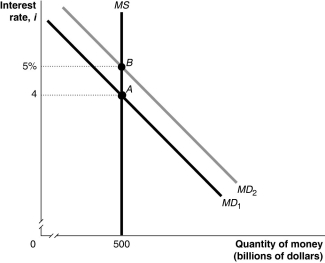Figure 11.15  Alt text for Figure 11.15: In figure 11.15, a graph comparing quantity of money and interest rate.
Alt text for Figure 11.15: In figure 11.15, a graph comparing quantity of money and interest rate.
Long description for Figure 11.15: The x-axis is labelled, quantity of money (billions of dollars) .The y-axis is labelled, interest rate, i.3 lines are shown; MD1, MD2, and MS.Line MD1 begins at the top left corner and slopes down to the end of the x-axis.Line MD2 follows the same slope as MD1, but is plotted to the right.Line MS is perpendicular to the x-axis, and begins from the x-axis value 500.Line MD1 intersects line MS at point A (500, 4) .Line MD2 intersects line MS at point B (500, 5%) .Points A and B are connected to their respective coordinates on the y-axis with dotted lines.
-Refer to Figure 11.15.In the figure above, if the economy in Year 1 is at point A and expected in Year 2 to be at point B, then the appropriate monetary policy by the Bank of Canada would be to
Definitions:
FIFO Method
"First In, First Out," an inventory valuation method where goods purchased or produced first are sold or consumed first.
Inventory Costing Methods
The techniques used to value and account for inventory, including first-in-first-out (FIFO), last-in-first-out (LIFO), and weighted average cost methods.
Perpetual System
An inventory management method where inventory quantities and cost of goods sold are updated continuously with each sale or purchase.
Periodic System
A method of inventory valuation for financial reporting purposes where a physical count of the inventory is performed at specific intervals to determine the ending inventory balance and the cost of goods sold.
Q32: List the Bank of Canada's four main
Q61: Refer to Figure 13.2.Suppose the economy is
Q74: Which of the following statements about inflation
Q74: If government spending and the price level
Q80: According to the quantity theory of money,deflation
Q99: Using the quantity equation,if the velocity of
Q158: The purchase of $1 million of government
Q182: In the _,A.W.Phillips plotted data for Great
Q204: Refer to Figure 13.2.Suppose the economy is
Q291: What is "austerity" and why would the